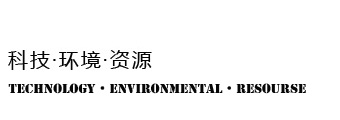THE PROCESSES OF CIRCUIT BOARD RECYCLING
Printed Circuit Board (PCB) is used in nearly all electronic products, from pagers, the mouse of a computer to radios and computer systems. A PCB are self contained boards with interconnected electrical and electronic components. So how are these components recycled? Well, it’s a large and complex process but we’re here to walk you through it!
Before we go into the recycling side of a PCB, let’s discuss further what they are and what they are made up of. PCB supports and connects electronic components using conductive tracks, pads and features made from copper sheets that are then “printed” onto an electrical insulator that is usually made of a fibreglass epoxy resin. Once the copper sheet adheres to the fibreglass, the circuits are etched out in a design specific to the needs of the designer. The circuits are then coated with a layer of tin-lead to prevent oxidation and in some cases nickel (to prevent the gold and copper from fusing) and gold (because it’s a great conductor). Then, the “green” layer is applied, this layer insulates the copper to prevent it from coming into contact with other metals. The components of the board are then soldered on.
Now that we have covered some of the manufacturing process of a PCB, let’s move on to how they are recycled.
PCB series recycling plant is able to crush waste PCB,PCB edge trimming and copper coating board and also separate the metal powderand non-metal powder. The dimension of waste material should under500mm×500mm×5mm(L*W*T).After two or three crush processes, the PCB mixed powdersize will be less than 0.05mm×2mm. The metal powder and non-metal powder willbe selected by cyclone and vibration separation. Metal recycling ratio couldreach 90-98%.De-dust system and activated carbon adsorption tower realize nopollution in whole recycling process. Easy operation and maintenance combinedwith necessary safety considerations bring reliable equipment for your PCBrecycling business.







Leave a Comment